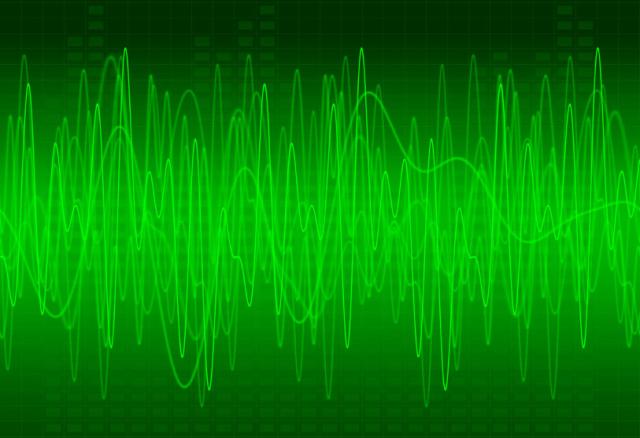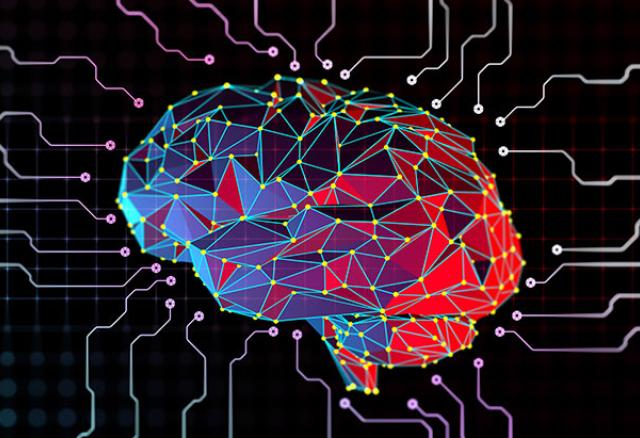Privacy as a Feature for Body-Worn Cameras
Reports on the technology of body worn cameras (BWMs) and discusses the threat to privacy that this passive data collection creates, along with opportunities to mitigate this risk. Furthermore, we argue that the use case of BWCs at work will stimulate the development of solutions that prevent the collection of data that could infringe upon the privacy of the wearer. Finally, we discuss the desirable properties of privacy-enhancing technologies (PETs) for BWCs.










